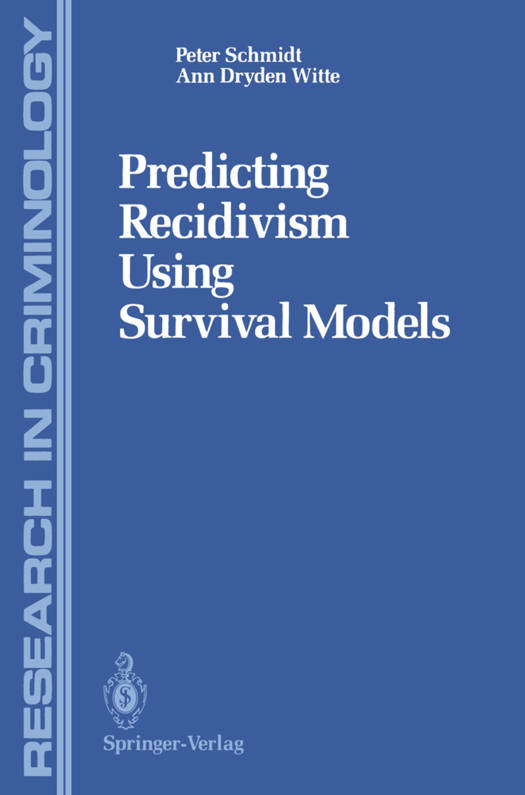
- Afhalen na 1 uur in een winkel met voorraad
- Gratis thuislevering in België vanaf € 30
- Ruim aanbod met 7 miljoen producten
- Afhalen na 1 uur in een winkel met voorraad
- Gratis thuislevering in België vanaf € 30
- Ruim aanbod met 7 miljoen producten
Zoeken
Omschrijving
Our interest in the statistical modeling of data on the timing of recidivism began in the mid 1970s when we were both junior members of the eco- nomics department at the University of North Carolina. At that time, methods of analyzing qualitative and limited variables were being developed rapidly in the econometric literature, and we became interested in finding a suitable application for these new methods. Data on the timing of recidivism offered unique and interesting statistical challenges, such as skewness of the distribution and the presence of censoring. Being young and foolish, we decided it would be fun to try something "really" difficult. And, being young and ignorant, we were blissfully unaware of the con- current developments in the statistical modeling of survival times that were then appearing in the biostatistics, operations research, and criminological literatures. In the course of some earlier research, we had learned that the North Carolina Department of Correction had an unusually well-developed data base on their inmates. We approached the Department and asked if they would be interested in working with us to develop models that would predict when their former charges would return to their custody. They agreed because they were interested in using such models to evaluate rehabilitative programs and alternative prison management systems and to help project future prison populations.
Specificaties
Betrokkenen
- Auteur(s):
- Uitgeverij:
Inhoud
- Aantal bladzijden:
- 174
- Taal:
- Engels
- Reeks:
Eigenschappen
- Productcode (EAN):
- 9781461283430
- Verschijningsdatum:
- 24/07/2012
- Uitvoering:
- Paperback
- Formaat:
- Trade paperback (VS)
- Afmetingen:
- 156 mm x 234 mm
- Gewicht:
- 276 g

Alleen bij Standaard Boekhandel
+ 257 punten op je klantenkaart van Standaard Boekhandel
Beoordelingen
We publiceren alleen reviews die voldoen aan de voorwaarden voor reviews. Bekijk onze voorwaarden voor reviews.











